Agriculture has always been a labor-intensive industry, with farmers spending countless hours tending to crops and livestock. However, advancements in technology have revolutionized the way we approach agriculture, and one of the most promising fields is robotic agriculture. In this blog, we’ll explore where we are right now with robotic agriculture and where we’re going.
Where we are right now with robotic agriculture:
Robotic agriculture is still in its early stages, but there have been some exciting developments in recent years. Here are a few examples of what’s currently being done in the field:
Autonomous tractors: Companies like John Deere and Case IH are already producing autonomous tractors that can be pre-programmed to plant, cultivate, and harvest crops.
Drones: Farmers are using agricultural drones equipped with cameras and sensors to monitor crop health and identify areas that need attention.
Harvesting robots: Companies like Abundant Robotics are developing robots that can autonomously harvest fruits and vegetables, reducing the need for manual labor.
Crop monitoring robots: Robots like TerraSentia can be used to monitor crops, measure soil health, and identify potential issues before they become a problem.
Smart irrigation: Researchers are developing smart irrigation systems that utilize sensors to measure soil moisture levels and automatically adjust watering schedules to ensure optimal growing conditions.
Where we’re going with robotic agriculture:
The potential for robotic agriculture is enormous, and we’re just scratching the surface of what’s possible. Here are a few areas where we’re likely to see significant advancements in the near future:
Artificial intelligence: As AI technology continues to advance, we’ll see more robots that can learn and adapt to changing conditions in real-time. This could lead to more efficient and effective farming practices.
Precision agriculture: With the help of sensors and drones, farmers will be able to pinpoint areas of their fields that need attention, reducing waste and increasing yields.
Vertical farming: Vertical farming is a technique that involves growing crops in stacked layers, often in a controlled environment. Robots could play a significant role in this field, handling tasks like planting, harvesting, and monitoring.
Autonomous greenhouses: Developers are already developing greenhouses that robots can control entirely. This could revolutionize the way we grow crops, especially in areas with harsh climates.
Swarms of robots: Instead of having one large robot handle all the farming tasks, we could see swarms of smaller robots. They work together to accomplish the same goals. This would allow for greater flexibility and redundancy in case of equipment failure.
Robotic agriculture has the potential to transform the industry, reducing the need for manual labor, increasing efficiency, and improving yields. While the technology is still in its early stages, we’re already seeing significant advancements, and the future looks bright.
As AI, sensors, and robotics continue to improve, we can expect to see even more exciting developments in the years ahead.






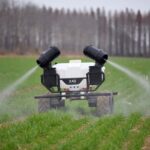




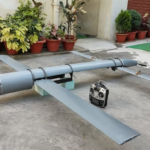
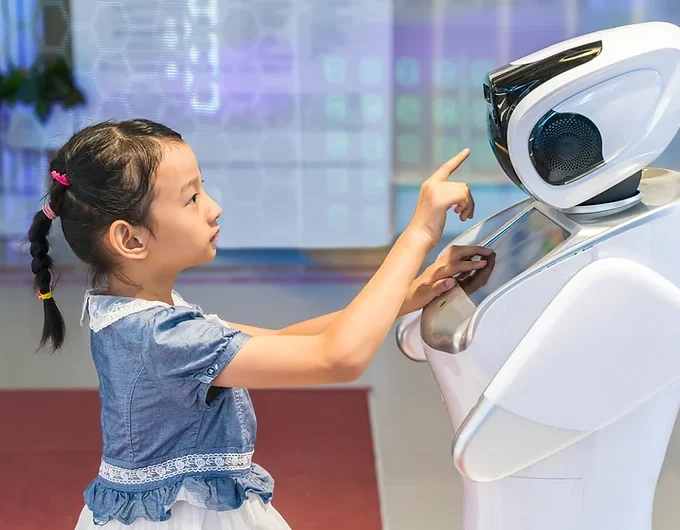
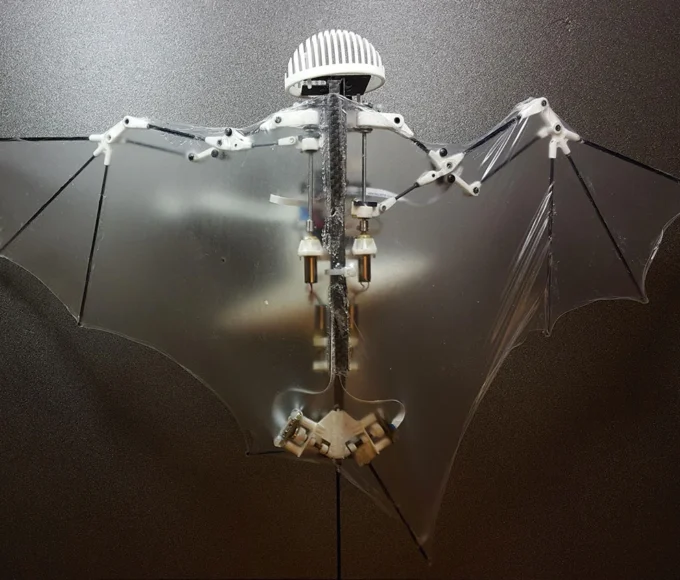

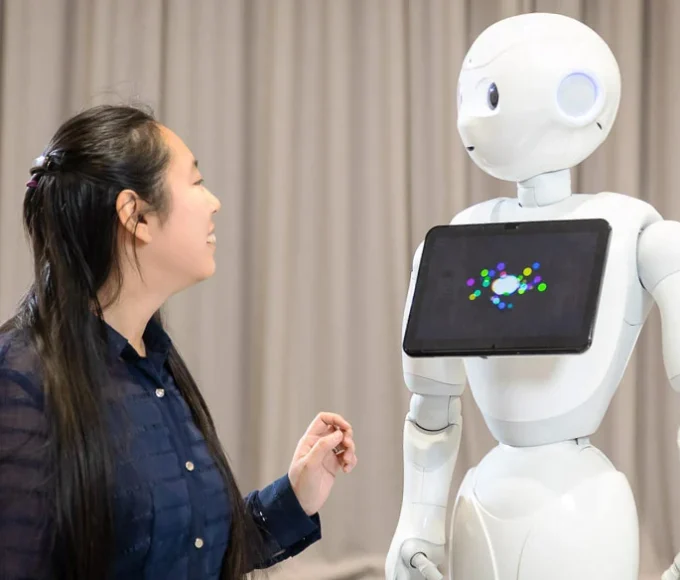
3 Comments